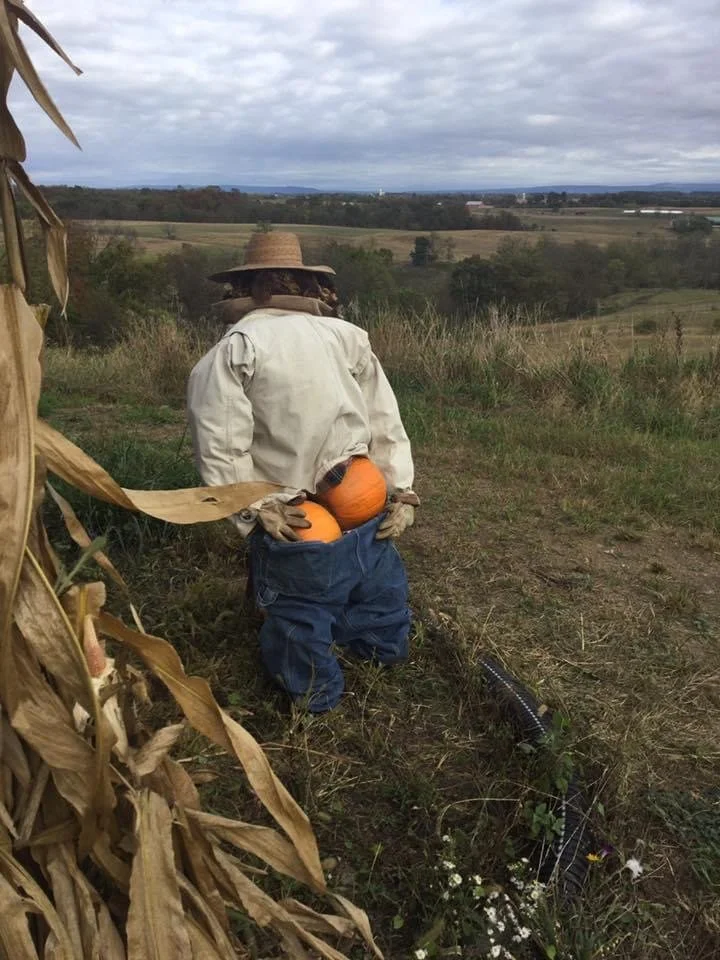Pumpkin Season
One of my favorite internet tirades is a McSweeney's essay, filled with more profanity than fallen leaves, about decorative gourds. It makes the rounds every year across social media, and I burst into laughter each time I read it. Here we are, officially in October, with the colors of late summer giving way to those of autumn. There are still plenty of summer vegetables to be found in the markets, but the fruits of summer have all but disappeared. Apples have replaced peaches, cauliflower and broccoli have reappeared, and of course, winter squash is beginning to take the place of summer squash.
Winter squash, like summer squash, is in the genus Cucurbita. However, they are eaten when the outer rind is fully formed, and the seeds are mature. Seriously, anyone who has ever grown summer squash knows that when a zucchini gets to be the size of a baseball bat, they are rarely consumed unless one is feeding them to their chickens.
There are literally thousands of varieties of winter squash, with the most widely known being the pumpkin. As children, we are introduced to this orange orb through fairy tales like Cinderella and holidays like Halloween. At Thanksgiving, there are pumpkin pies, and further into winter, there are pumpkin breads often passed out as housewarming gifts when visiting friends and family. But most kids and even some adults never realize that their Jack-O'-lanterns are edible. They see them only as porch and table decorations and not as highly nutritious sources of food.
Most pie bakers I know prefer neck pumpkins, which have a small bulb where the seeds are and a solid tube of flesh that is perfect for cooking. This makes the squash much easier to clean and bake. Other varieties, like spaghetti squash, have thick strands of flesh that separate into individual pieces when cooked and removed from the outer shell.
And then there is the Great Pumpkin. This can either be the one from the Peanuts cartoon or the ones that are grown by champion giant pumpkin growers, reaching weights of well over 2000 pounds. That might sound like a lot of pies, but unfortunately, these behemoths are often watery and full of the chemical fertilizers needed for them to reach such sizes.
Pumpkins are also notoriously opportunistic. If you have ever had one go to mush on your front porch after being colonized by mold and you kick it into the flower beds so you don't have to clean the whole mess up, chances are the following year you'll end up with pumpkin vines in your flower beds trailing down the sidewalk and across your front porch. Maybe you’ll end up with another fall decoration.
It's not only the flesh of the pumpkins that is edible. Pumpkin seeds, also called pepitas, are a delicious snack, especially when roasted. They can be used on salads, to make pesto or seed butter. My favorite was when someone handed me a bag of cookies made from pumpkin seeds.
Before there are any fruits or seeds on a pumpkin vine, there are squash blossoms. These nice big yellow flowers are perfect for stuffing. The last time I was at a pick-your-own pumpkin patch, I also gathered up a few dozen blossoms lingering on the vines. "How much?" I asked the farmer, who smiled and told me to go ahead and take them, knowing well that there is more to a pumpkin than a toothy-grinned decoration—silky soups, savory snacks, and sweet desserts.

